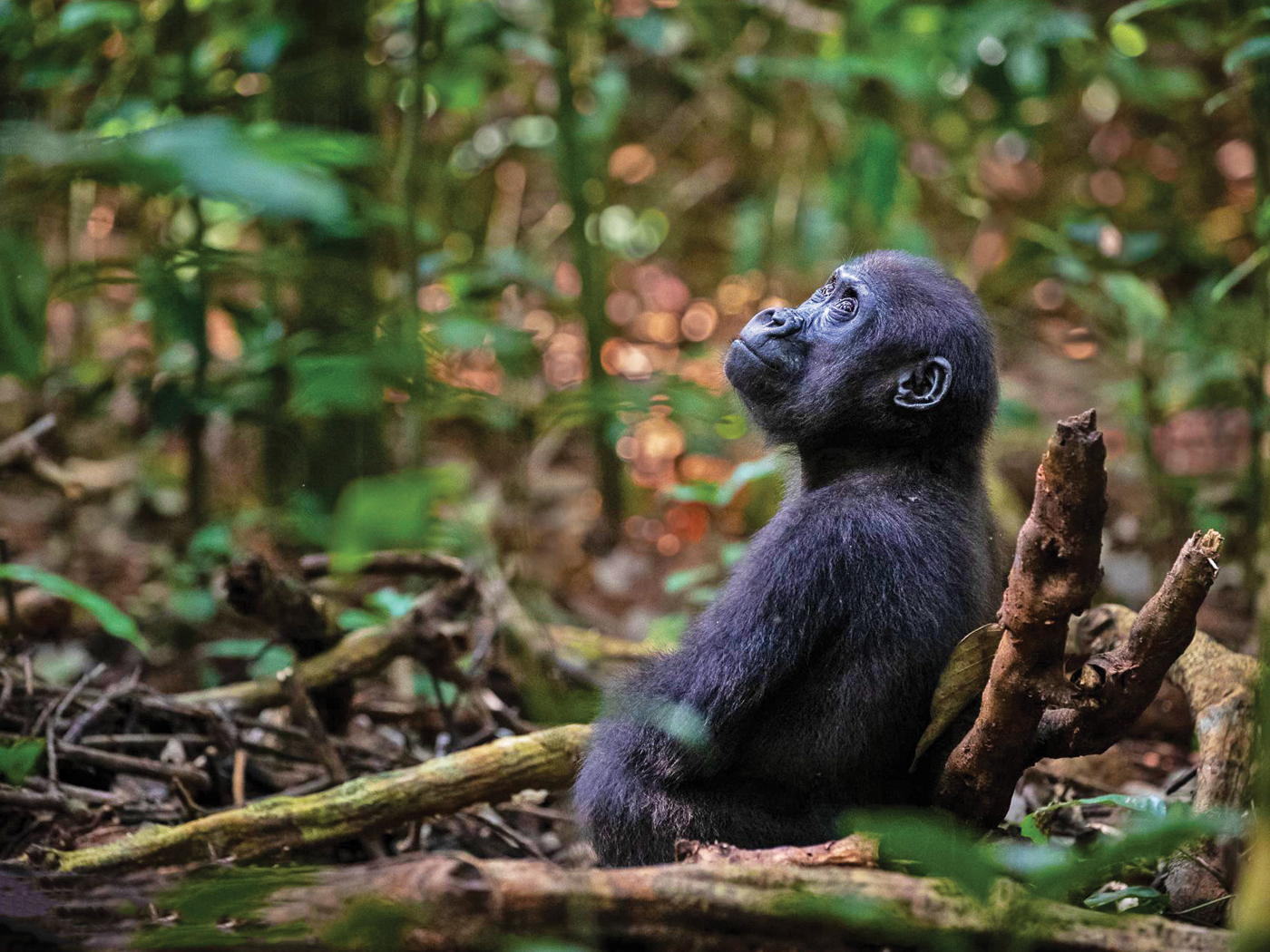Researchers at the University of California, Santa Barbara investigated the genetics behind color changes in flower species by studying the columbine, a wild flower native to North America. The columbine’s capacity to change colors from generation to generation has been called an example of “adaptive radiation,” referring to the rapid changes in a specific plant or animal trait such as the color of a flower.
Adaptive radiation is a rapid phenomenon because the variation is fully observable in many wild populations. Since macroevolutionary hypotheses of simple-to-complex evolutionary progress require vast eons, alterations produced by adaptive radiation occur quickly by comparison.
In the case of columbine flowers, the change in color results in a shift in pollinators (certain moths and hummingbirds) that prefer certain colors. A UC Santa Barbara press release referred to this process as “evolution in action.”1 But this color variation is nowhere close to representing a mechanism that could drive evolution on the grand scale of the amoeba-to-man scenario. Are these closely-related interbreeding organisms turning into something completely different? Are beneficial changes in the DNA creating whole new traits? Not in the case of these columbines.
Flower color in the columbine shifts from blue to red, and then from white to yellow, and the study’s authors “believe that a color shift from red to white or yellow has happened five times in North America.”1 Research indicates that the changes in color are based on the destruction of key genes through mutation in the DNA. The loss of a key gene in the pigment production pathway results in a “hiccup” in the normal system. In cases where multiple genes are disabled by mutation, the flowers are white because absolutely no pigment is produced.
The UC Santa Barbara researchers mapped out the specialized proteins in the biochemical pathway that produces flower pigments. Many of them, as well as other supporting proteins, must be in place and fully functional for pigment to be produced. This complicated machinery manufactures a highly specified photo-reactive macromolecule. Neither this study of adaptive radiation nor any other study has yet to show how these kinds of molecular assembly lines could have formed naturally.
The researchers found 34 different genes involved in the production of pigments that make the various flower colors.2 Thus, there are a number of places in this system where flower color can be changed through mutation―not by the creation of new genes, but by the alteration of existing ones. While this corruption of the genetic code has resulted in some interesting genetic variation in flower color, for evolution to occur on a grand scale, new functional genes and novel genetic information would have to be created. What is actually observed in columbines is quite the opposite. Certain trait variations may occur, but the flowers that carry the traits were and still are columbines.
Many scientists, such as the ones in this study, ignore the destructive genetic changes that lie behind flower color variation and instead focus on how the resulting shades of color are acted upon by various types of pollinators, presupposing that the flowers are somehow changing to match the available birds and insects. But while the diverse pollinators may serve to propagate different flowers of certain colors, they induce no new structures. They actually show off the resiliency built into creation by the Creator, who made flying creatures with just the right kinds of mouth parts to pollinate these plants, as well as enough flexibility in their visual systems to still be able to recognize mutant, degenerate flower colors.
References
- Study of Flower Color Shows Evolution in Action. University of California, Santa Barbara press release, June 29, 2009.
- Hodges, S.A., and N. J. Derieg. 2009. Adaptive radiations: From field to genomic studies. Proceedings of the National Academy of Sciences. 106 (Suppl. 1): 9947.
Image Credit: Harald Süpfle
* Mr. Thomas is Science Writer at the Institute for Creation Research.
Article posted July 23, 2009.





















